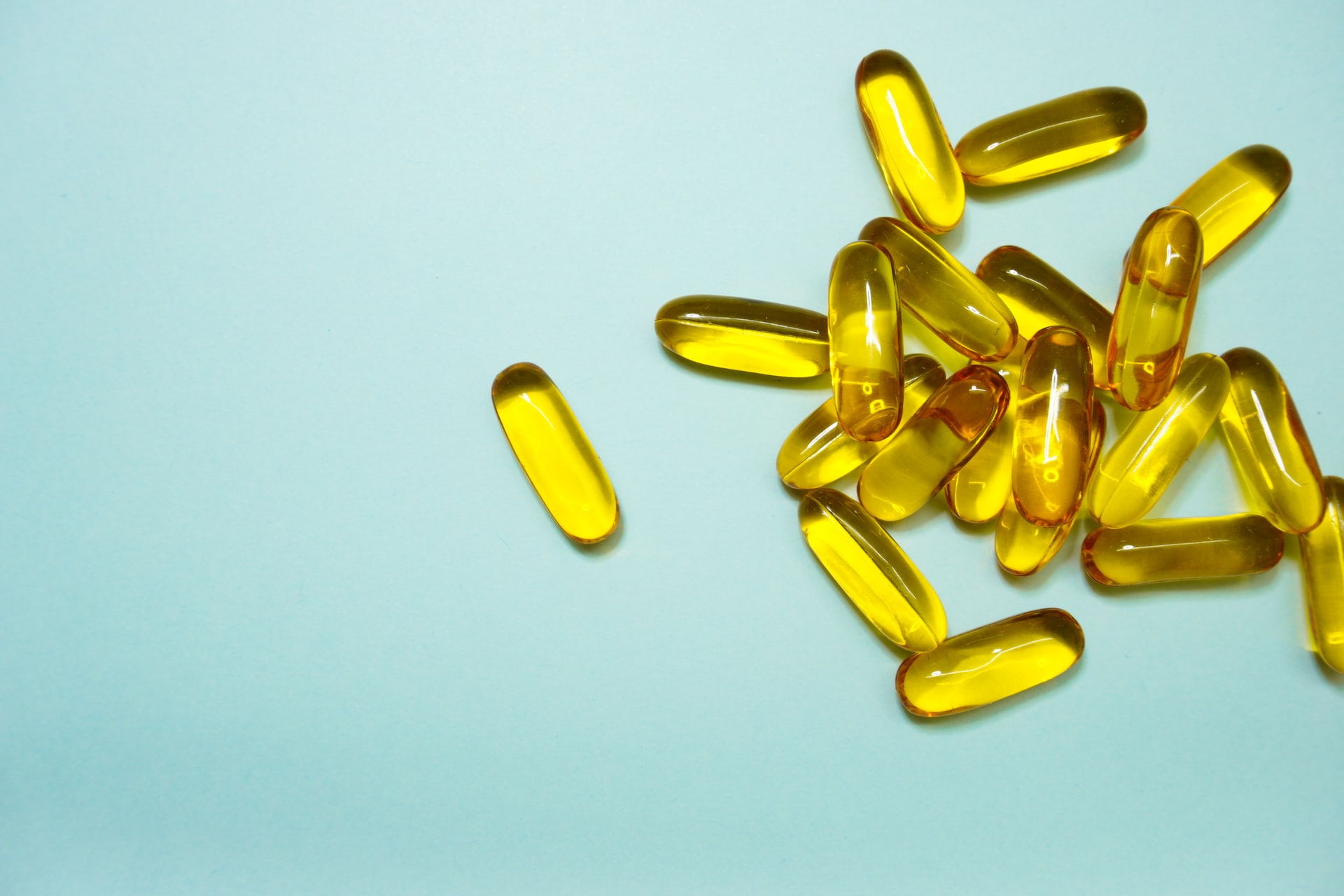Fishmeal and fish oil: Peru halts most fishing, Chinese demand wanes

Higher quotas in the North Atlantic and greater production in Chile are propping up global supplies of fishmeal and fish oil, which have been depleted by low catches in Peru. China accounted for half of global imports of fishmeal in 2021, but flooding and other disruption to aquaculture production has muted demand this year.
Production
The 2022 anchoveta fishery in Peru, which is the source of the majority of global fishmeal and fish oil supply, has suffered continuous setbacks from bad weather and high juvenile catches. Fishing in the country’s main north central region closed in late July, having filled 84 percent of the 2.8 million tonne quota. High juvenile catches meant that oil yields were 2 percent of catches, far below the normal 3 percent low. Catches in the South remain subdued, with just 13 percent of the 486 000 tonne quota filled. The reduced catches and oil yields in Peru equate to a 6.7 percent reduction in the global supply of fishmeal, 12.7 percent of the global supply of fish oil.
Increased catches in secondary producers have largely offset the shortfalls in Peruvian supply. Icelandic reduction fisheries increased catches by 380 000 tonnes in the first half of the year, an 84 percent increase on last year. This was mainly due to a sevenfold increase in the capelin quota to 870 000 tonnes. The United States of America, Denmark and Norway.
Trade
A significant increase in demand saw China account for half of all fishmeal imports in 2021. This surge in demand has waned slightly due to poor weather conditions for fish farmers and large stocks of fishmeal in storage. In the first half of 2022 China imported 873 000 tonnes of fishmeal, 77 000 tonnes less than in the same period of 2021 but still 308 000 tonnes more than in the first six months of 2020.
Following a 21 percent year-on-year decline in the first quarter of 2022, Norway, the main market for fish oil, saw imports pick up in the second quarter importing 52 000 tonnes between April and June. High prices for Peruvian fish oil have driven demand for alternative sources, with Norwegian imports from Peru falling from 33 400 tonnes in the first half of 2021 to 16 200 tonnes in the same period of 2022. Iceland is now the main supplier to the Norwegian market and exporting 19 200 tonnes of fish oil.
Prices
Fishmeal prices peaked in April, at USD 1600 per tonne (CIF Peru, 65% protein). They have since remained more or less stable.
Fish oil prices continue to rise, and in September stood at USD 3 700 per tonne for Peruvian feed grade oil. This is close to double Peruvian prices this time last year. North Atlantic sources of fish oil have enjoyed an appreciation in their competitiveness, with increased quotas on key species aiding in supply. The average import price for feed-grade oil was USD 3 000 per tonne in Northern European ports, a 50 percent year-on-year increase.
Outlook
In a typical year Peru will produce close to half of the global supply of fishmeal and a third of fish oil supply. As such, the setbacks faced by the anchoveta fishery this year have had a marked impact on the global market. These would have been much more pronounced had they not coincided with greatly increased quotas in the North Atlantic. The proposed tax on salmon farms in Norway is likely to aggravate previously predicted reductions in production, thus curbing demand in the primary market for fish oil.

